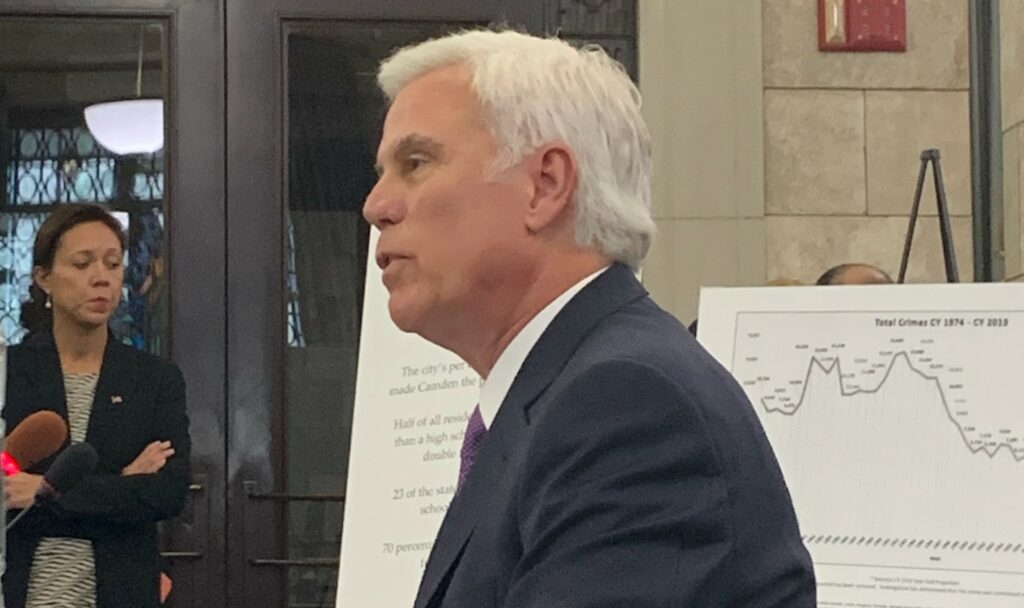Breaking Down the Task Force’s Latest EDA Report
Listen to audio version of this article

Is there anything better than “fake” money? Probably not.
And it’s that concept that seems to be front and center in a report released this week by the task force examining the state’s tax incentive program.
Let’s focus on one interesting part of the report – the observation that what’s being traded here is money that no one actually sees. How can this happen?
Here’s the background.
The issue has to do with tax incentives the state’s Economic Development Authority (EDA) awards to businesses relocating to, or staying in, New Jersey. The basic and constructive idea is that the arrangements are a net benefit to the state in terms of job creation and taxes in the years ahead. And the implication is that without the incentives, companies would leave, or not come here.
Some think that the EDA literally gives companies money – perhaps in a paper bag – like a drug deal. Not so. The money awarded is in the form of tax credits. Or in other words, companies pay less in taxes down the road,
This presents an intriguing problem; one the task force report explains.
” … Tax credits are essentially forgiveness of future tax liability, the funds represented by the credit are never paid into the treasury. …”
This means that the awarded credits, or shall we say, money, doesn’t seem real. No “real” money is given out. No cash leaves the state treasury. Companies just pay less in taxes in the future.
The implication here is that because the money is not “real,” it encourages the EDA to award grants without proper diligence. The report used the phrase, “getting to yes.” That means that the overriding goal of the EDA staff is to approve grant applications – get to “yes,” as opposed to getting to “no.”
The latest report highlights significant problems in how the EDA has gotten to “yes” over the years.
It points to cases in which grant applicants said they were considering moving to locations outside of New Jersey when they really weren’t. Some might call this deception.
Then, there were related cases in which a company seeking grants to come to the state falsely said it was also looking at sites outside the state. One case cited by the report even spoke of an official backdating letters to maintain this phony facade.
Additionally, the report noted that the EDA makes money – this would be real money – through application fees from companies seeking grants. And get this, the higher the tax credit awarded, the higher the fees to the EDA. So, quite obviously, the EDA reaps “real” money by doling out the “fake” money we just described.
Those who are following all this understand the politics involved.
In short, the governor created the special tax force to review the EDA program partly because many of the grants went to Camden-area companies connected to one of his political adversaries – George Norcross. That is why the task force seems just about totally focused on Camden.
In turn, the state Senate, which is much more favorable to Norcross, has put together a committee of its own to examine the program. This is the group that entertained Norcross as a witness back in November. We say “entertained,” because Norcross was asked no tough questions.
The politics here still has to play out.
And in contrast to the grants being doled out, the politics is all too real.








Now we know why Norcross was not put under oath in front of the Senate.